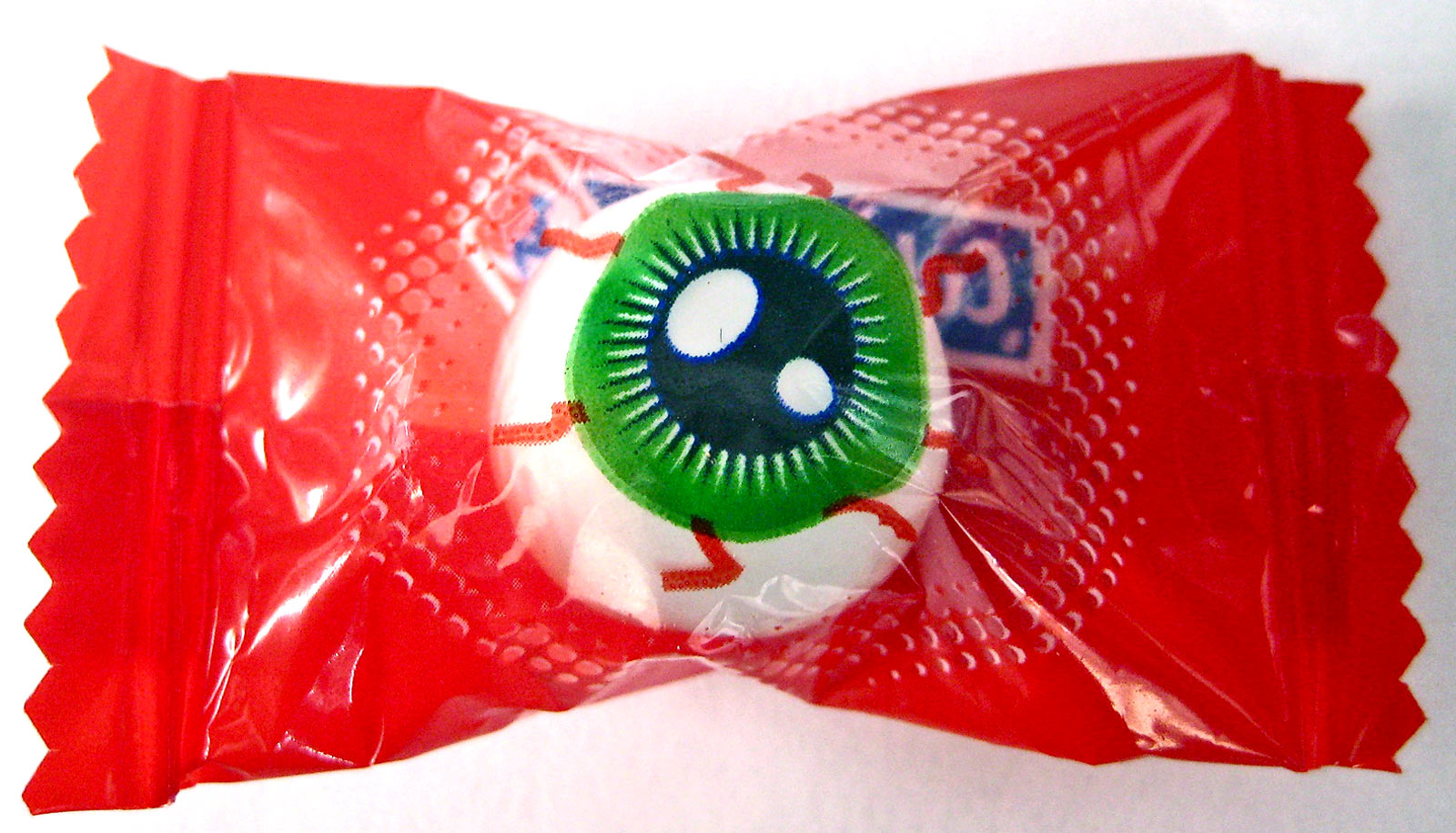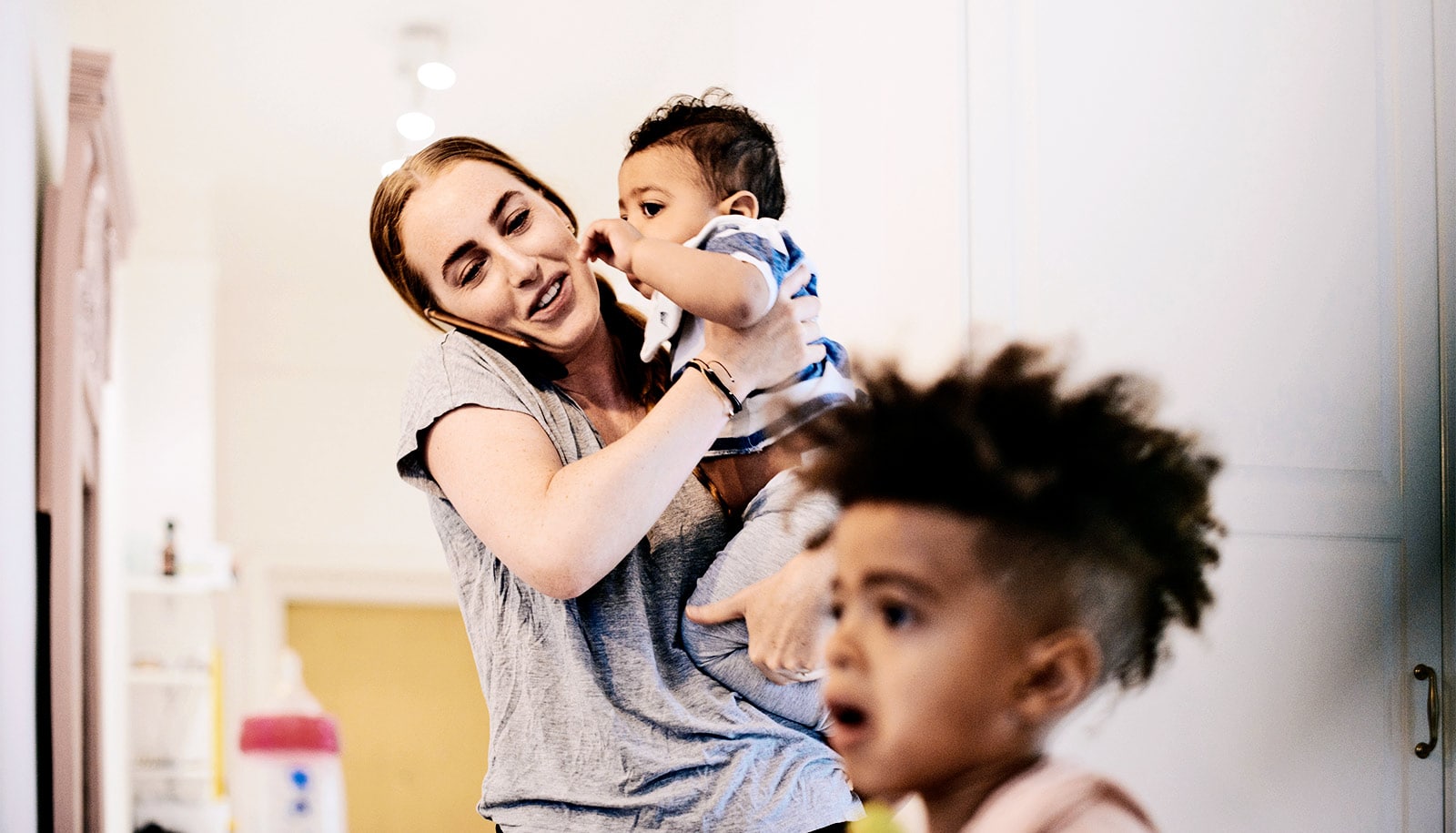In the spirit of Halloween safety, here are seven ways to reduce the risk of poisoning and allergic reactions while trick-or-treating.
Bruce Ruck, managing director of the New Jersey Poison Control Center at Rutgers New Jersey Medical School’s emergency medicine department, offers the following safety advice to the 41.1 million children who’ll head out on Halloween night:
- Check the wrapper. Before allowing children to eat candy, inspect it for tampering. Signs of tampering may include opened wrappers, wrapping that doesn’t match the candy inside, labels with misspelled words, or candy that looks or smells strange.
- Watch for marijuana edibles. Be aware of how similar these products can look like store-bought candy—with similar names and packaging, but whose spellings or wrapper color might be slightly different. Ecstasy pills or other drugs can also look like colorful candy. These products may contain high concentrations of drugs, causing the potential for severe effects in adults or children.
- Be alert to food allergies. One in 13 children under the age of 18 in the United States is allergic to foods such as peanuts, wheat, milk, tree nuts, or eggs. Many children can have severe reactions. If your child is allergic, monitor the candy and other treats they take.
- Use caution with face paint and makeup. Face products may cause skin irritation. Parents should purchase items from reputable sources with a recognizable or name brand or check the ingredients for known allergens. Apply the product to a small area first. Some cosmetics and paints, especially those that are imported or found at bargain stores, have been found to contain lead. Anyone who uses face paint should wash their hands with soap and water before eating.
- Skip the non-prescription costume contact lenses. These products could contain chlorine, iron, or other dangerous chemicals and are not approved by the Food and Drug Administration, according to the American Academy of Ophthalmology. Only buy decorative contact lenses from retailers that require a prescription and sell FDA-approved products.
- Be careful with alcohol. Many at-home Halloween parties serve alcohol. It’s important to realize the alcohol content in beer, wine, liquor, and cocktails/punches affects children and pets differently than it does adults; even ingesting a small amount could lead to serious health complications or death. A person who seems very drunk or has passed out may be showing early signs of alcohol poisoning and be in real danger. Immediate medical help is essential. “Sleeping it off” is never a safe option. Know the critical signs of alcohol poisoning.
- Watch your pets: Chocolate, cocoa, candy, and other products containing xylitol, an artificial sweetener, are poisonous to pets and can cause vomiting, diarrhea, seizures, or even death.
If a child, adult, or pet has ingested a potentially dangerous product, you can call the New Jersey Poison Center at 800-222-1222 for immediate medical advice from doctors, nurses, and pharmacists who are on call 24 hours a day, seven days a week.
Source: Rutgers University


